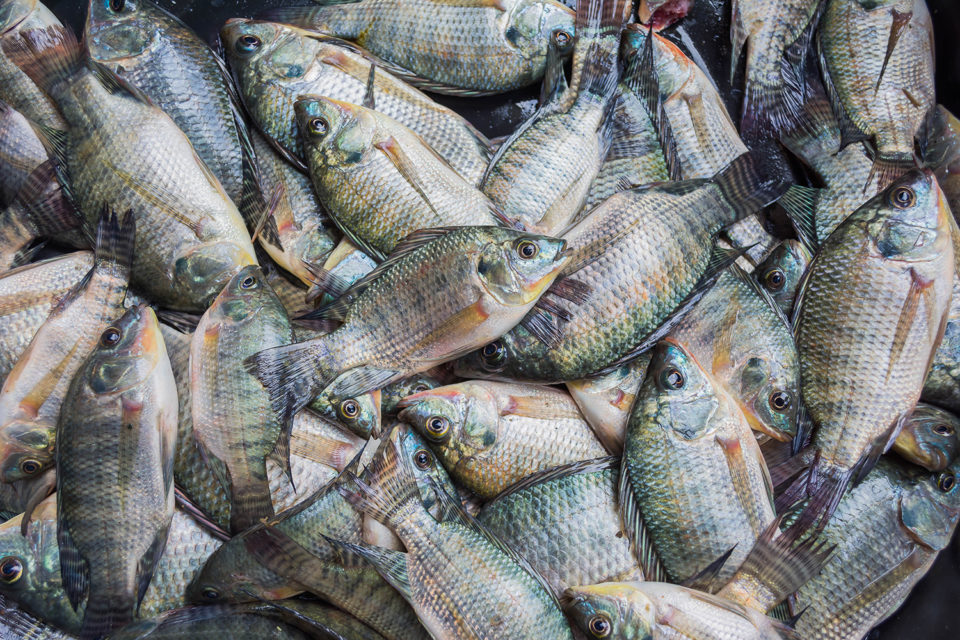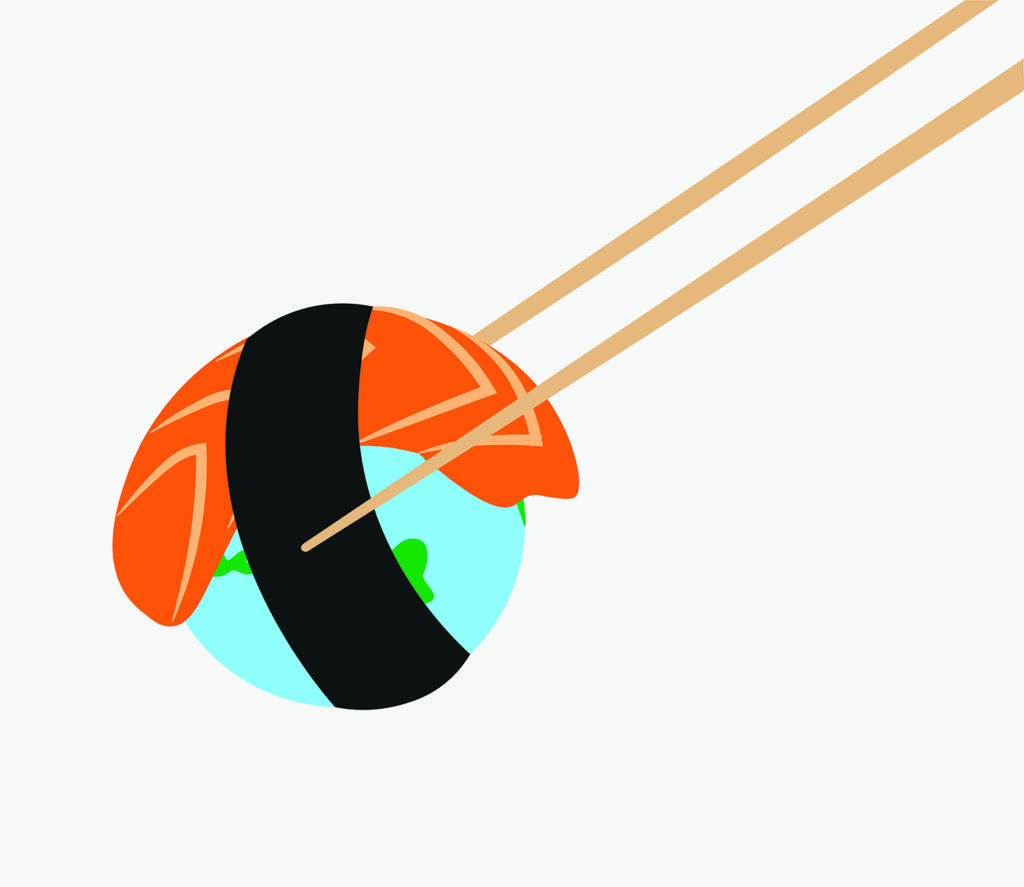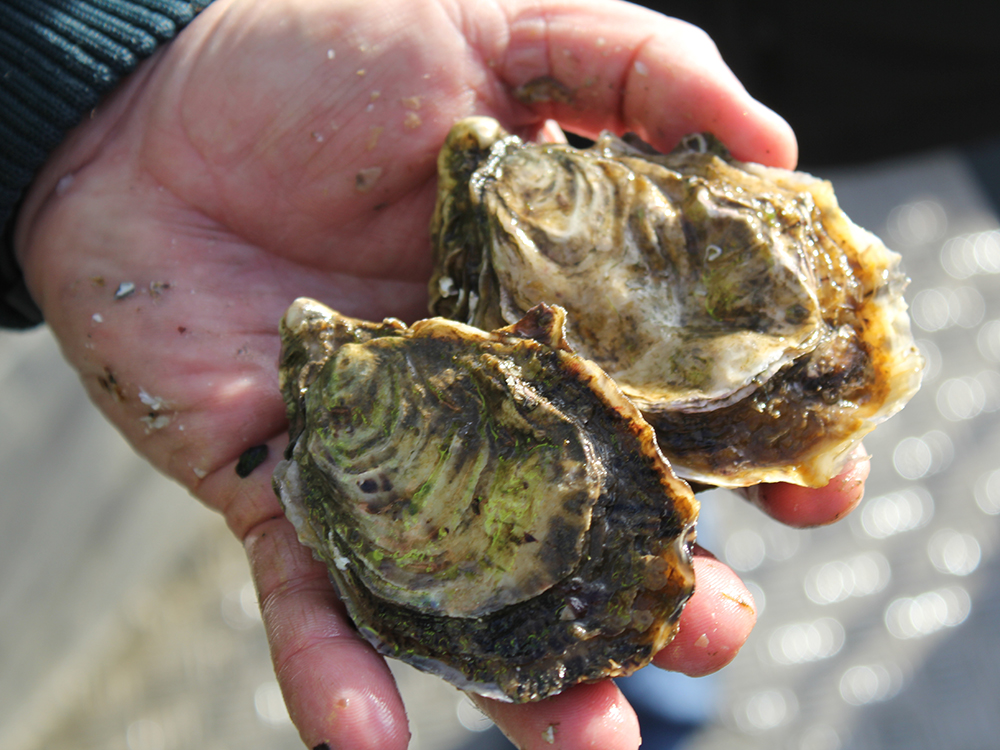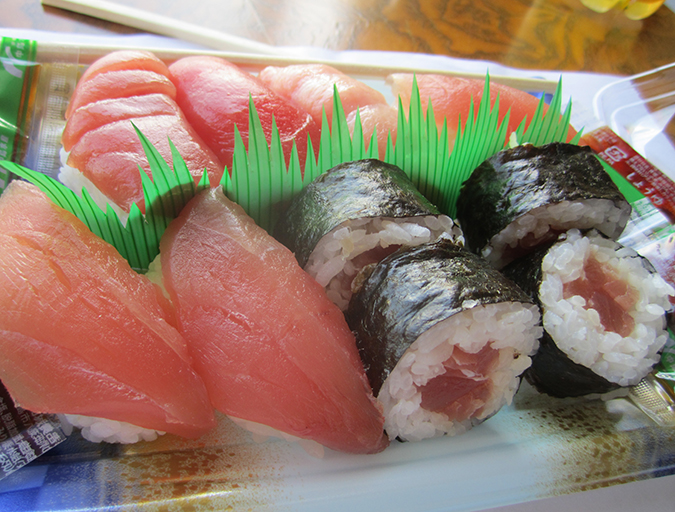The new food landscape offers a decisive opportunity to redefine aquaculture’s role in human nutrition, recent research finds

With aquaculture meeting so much of consumer demand for seafood globally – recent estimates show fish farming produces 52 percent of the fish we eat, with the contribution growing to nearly 60 percent in a decade – its influence on human health and wellbeing is incrementally reaching new levels.
Crucially, aquaculture’s newfound responsibility comes at a time when the wider food landscape is increasingly leaning toward more sustainable, diverse and resilient food systems and addressing past failings.
Recognition of this role has spurred a push for nutrition-sensitive aquaculture; in other words, maximizing its contribution to healthy, balanced diets, as identified in the recent research paper, “Scenarios for Global Aquaculture and its Role in Human Nutrition.” This Reviews in Fisheries Science & Aquaculture paper (lead author: Jessica Gephart of the University of Maryland and American University, USA) qualifies that the movement can benefit public health through the production of a wide diversity of nutrient-rich seafood, and also enabling equitable access to it.
Exploring plausible futures for the aquaculture sector and their role in nutrition security, the research underlines the opportunity to use policies, market instruments and consumer education to help guide its development. Taking into account economic development and globalization, it offers four contrasting scenarios for aquaculture’s future, with the titles Aquatic Chicken, Aqua-Nationalism, Food Sovereignty and Blue Internationalism.
These are either localized or globalized and are orientated toward maximizing the sector’s economic growth or to meeting sustainability goals.
While the paper offers timely insights for a world that’s very much still coming to terms with COVID-19, co-author Prof. David Little, of the University of Stirling (U.K.) told The Advocate that the exploration of food system resilience and aquaculture’s role in this “bigger picture” began several months before the pandemic’s arrival, and therefore long before the frailties of supply chains had been so dramatically thrust into the public spotlight.
“The idea was to look at aquaculture and nutrition-sensitivity from a food-systems perspective. It’s an extension of the much broader nutrition-sensitive agriculture and the fact that more is not necessarily better,” Little said, pointing to the obesity crisis that exists in a growing number of world markets.
“Aquaculture is not on its own. It’s part of a bigger subset of aquatic-based food, which itself is part of the much bigger subset of food. It’s nutritional, but it’s also having an environmental impact, and in that sense, it’s important to know what we can do about it.”
https://www.aquaculturealliance.org/advocate/a-wider-view-its-blue-foods-time/
Prioritizing sustainability
It could be argued, Little continued, that these scenarios are somewhat unrealistic, or how any country or system fits into any one of them.
“But through simplification, we’re trying make the insights more widely accessible, and engage much more of the supply chain – producers, processors, retailers etc. – so that they can make sure that their businesses are in the right place going forward, and so that they can be considered part of the sustainable food future,” he said.
Under the researchers’ Aquatic Chicken scenario, aquaculture develops intensive production systems that prioritize the reduction of costs. Here, competition will result in the farming of just a few, highly traded species, while producing the largest volume of food at low prices will enhance accessibility for more consumers. The research highlighted that the salmon and tilapia sectors are already following similar paths .
Next, as its name suggests, Aqua-Nationalism focuses inwardly – supporting enterprises to meet domestic seafood demand. It surmises that while countries with mature aquaculture sectors will continue to meet some nutritional needs, it will be for a narrower range of consumers and at increased cost. At the same time, it’s felt that the development of nutrition-sensitive aquaculture in countries with emerging aquaculture sectors will stall, not least because of difficulty in accessing feed ingredients. It also advises that heavy state investment will be needed to overcome these challenges, alongside pro-seafood consumption campaigns.
The Food Sovereignty scenario sees governments support the development of small-scale aquaculture, thereby increasing access to seafood in rural areas. But while this points to some traditional production systems being highly productive, it also deduces that such a scenario is likely to see overall output growth slow or even stall, which will in turn impact consumption in urban areas.
Last but not least, within the Blue Internationalism scenario, aquaculture takes advantage of globalized food systems that ensure planetary boundaries are not exceeded. It favors local species diversity, with businesses incentivized to deliver nutritious products at a range of price points to ensure they are widely accessible.
Despite the differences among the four scenarios, the research says that elements of each can already be found in current production systems around the world. Moreover, it maintains that there’s room for nutrition-sensitive aquaculture in each, arguing that given the right policy commitments, each could lead to improved nutritional outcomes.
The likelihood is that such commitments will be made and maintained if countries orient their policies toward sustainability rather than prioritizing growth, even though production gains could lower prices and make fish more widely available. It’s also likely that such policies will be globally harmonized in a world in which liberal internationalism prevails over nationalistic individualism, the paper suggests.
Furthermore, with countries at different stages of aquaculture development, food sovereignty policies may work in places with the capabilities and resources to grow the sector, but that an “overly rapid retreat” from global markets may leave states with “nascent or unrealized” aquaculture potential behind, and to the nutritional detriment of their citizens.
Essentially, let’s plan for resilience, and plan for upsets. Let’s also learn from COVID and all the lessons that were apparent before its arrival.
Future planning
As well as highlighting aquaculture’s need to incorporate nutrition sensitivity, the paper also paves the way for the Blue Food Assessment (BFA), due in early 2021, which looks at how marine and freshwater products can support the shift towards a sustainable and healthy food system. BFA, which is being led by the Stockholm Resilience Centre and Stanford University, essentially has two goals: First, to identify, view and fill gaps in the understanding of the role of aquatic foods in current and future food systems; and second, to inform and propel change in the policies and practices that will shape decisions that impact the future of food.
There is a growing realization by stakeholders that they need to look much closer at their operations and how they can position themselves positively in a fast-changing world, Little said.
“The idea of resilience is very important,” he said. “I think people – thanks to the scrutiny of COVID – have a much better understanding of how vulnerable some of these value chains are. For aquaculture, it’s about keeping an eye on what its outcomes are and ensuring that fish retains its superfood status and is recognized as being high in micronutrients.”
Little insists that a major aspect of this effort is to ensure that aquaculture feeds are not minimal in terms of the micronutrients provided.
“Salmon, tilapia and pangasius are going to be with us for the foreseeable future because they are what they are; they grow well and are affordable. But let’s make sure they don’t deteriorate in terms of the quality and the nutritional angle,” he said. “Let’s make sure that the systems we use to produce are robust and as resilient as possible. Let’s also make sure key species are produced in enough quantities and more broadly geographically. Essentially, let’s plan for resilience, and plan for upsets. Let’s also learn from COVID and all the lessons that were apparent before its arrival.”
Follow the Advocate on Twitter @GAA_Advocate
Now that you've reached the end of the article ...
… please consider supporting GSA’s mission to advance responsible seafood practices through education, advocacy and third-party assurances. The Advocate aims to document the evolution of responsible seafood practices and share the expansive knowledge of our vast network of contributors.
By becoming a Global Seafood Alliance member, you’re ensuring that all of the pre-competitive work we do through member benefits, resources and events can continue. Individual membership costs just $50 a year.
Not a GSA member? Join us.
Author
-

Jason Holland
Jason Holland is a London-based writer for the international seafood, aquaculture and fisheries sectors. Jason has accrued more than 25 years’ experience as a B2B journalist, editor and communications consultant – a career that has taken him all over the world. He believes he found his true professional calling in 2004 when he started documenting the many facets of the international seafood industry, and particularly those enterprises and individuals bringing change to it.
Related Posts

Responsibility
A wider view: Consensus on seafood’s planetary and human health benefits
Several recent reports echo the message that eating sustainable seafood can help save the planet while making significant gains in public health.

Innovation & Investment
Aquafeed ingredient AlgaPrime wins GAA Innovation Award
A proliferation of alternative feed ingredients has allowed aquaculture to extend the natural resources it depends on. AlgaPrime, packed with the long-chain omega-3 fatty acid DHA, is being recognized as a game-changing innovation for aquaculture feeds.

Intelligence
Behold the nutritious oyster
Oysters provide important, natural filtration of water and are an important component of many healthy coastal ecosystems because their active filtering can help improve and maintain water quality. For many coastal communities, oysters are an important food resource and excellent sources of protein and amino acids, zinc, selenium, iron and B-vitamins.

Intelligence
For healthy eating, we are what we allow
Many current eating habits have negative results for our health, lending credence to “you are what you eat.” Eating habits can be changed, and increasing seafood consumption can provide numerous health benefits, including as a significant source of critical micro-nutrients, vitamins and minerals. Seafood should have its own spot in our dietary food pyramid.

